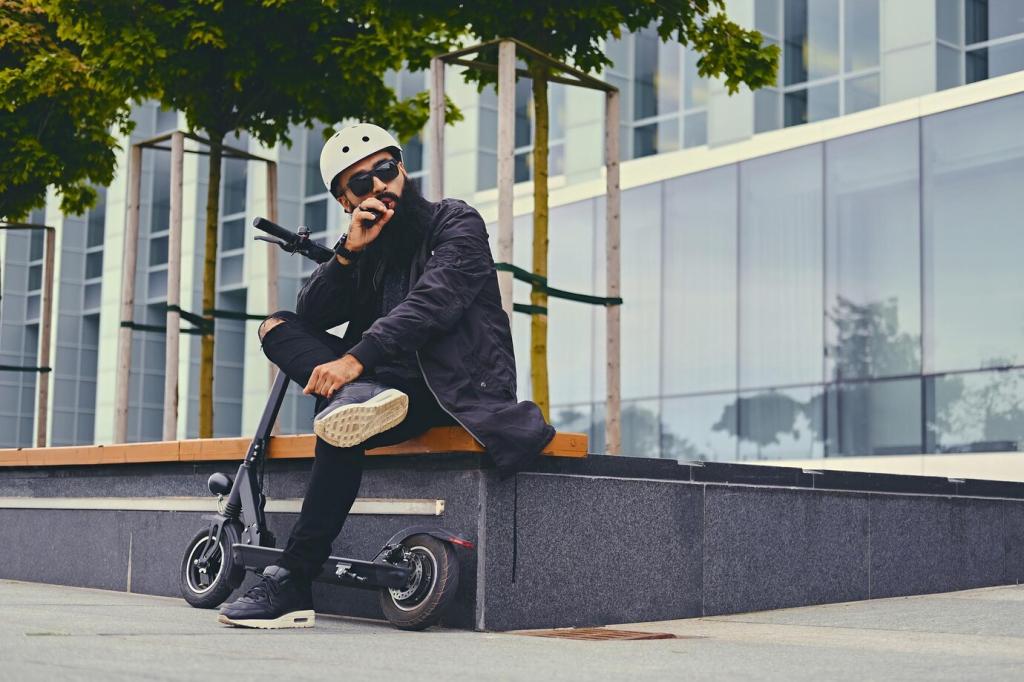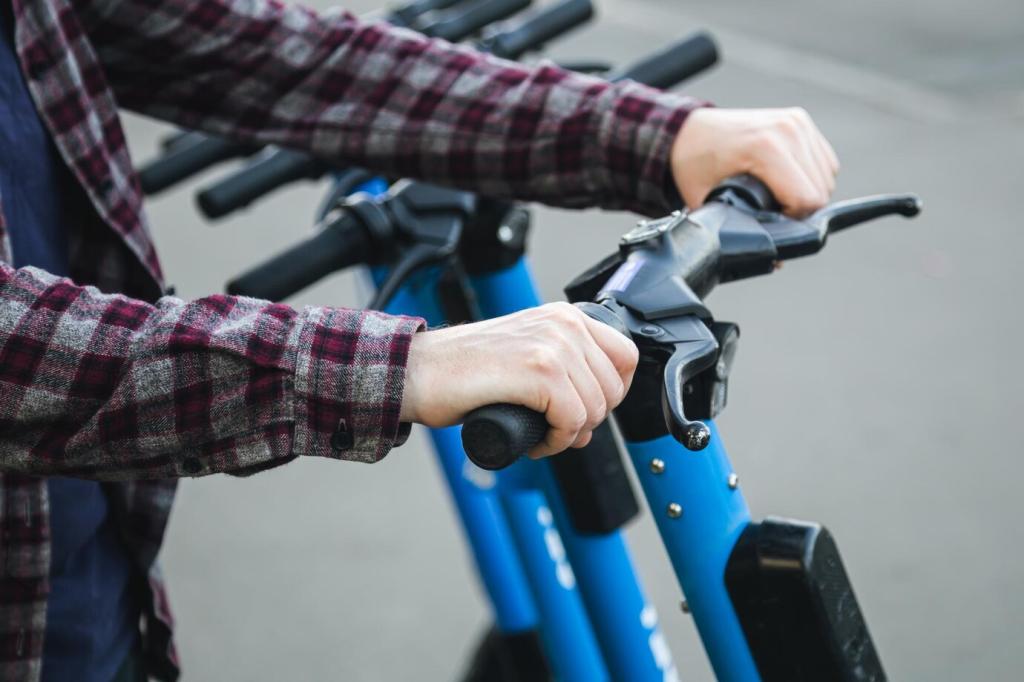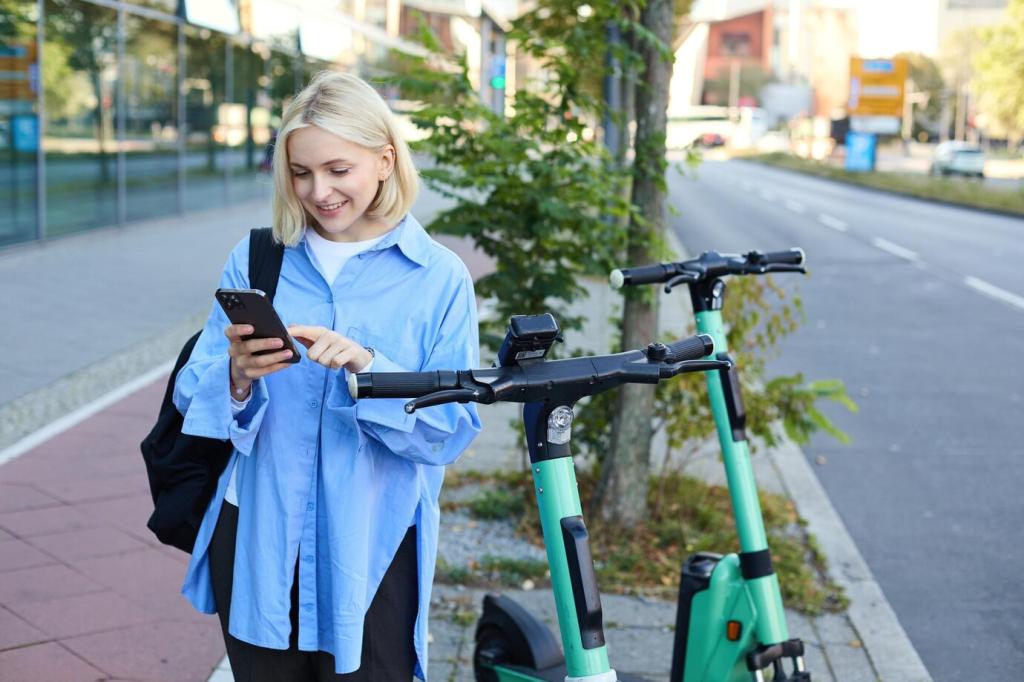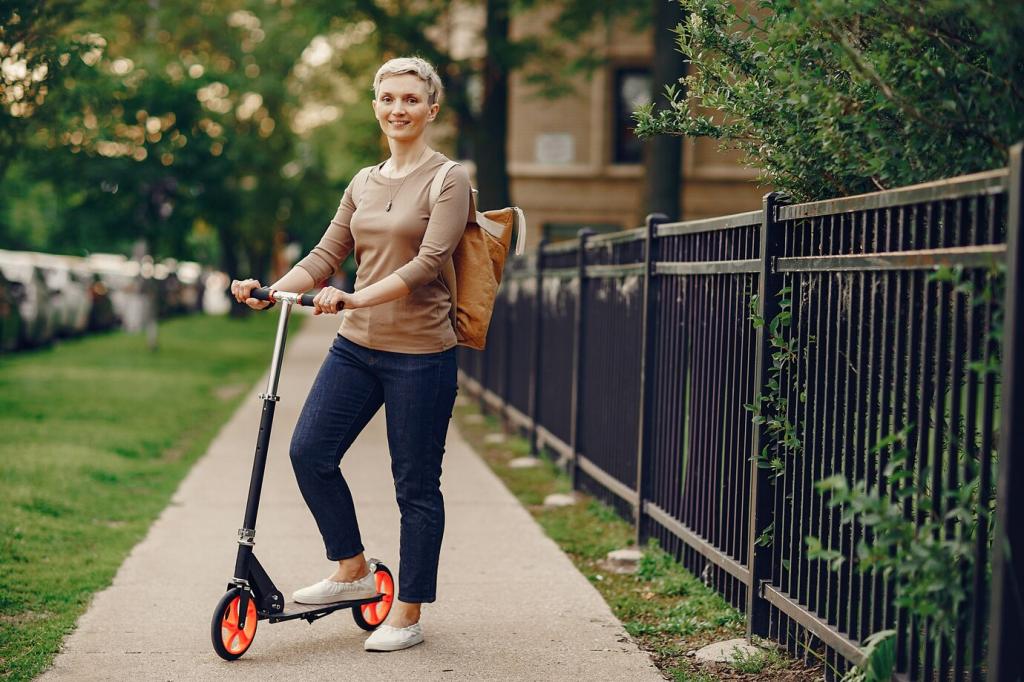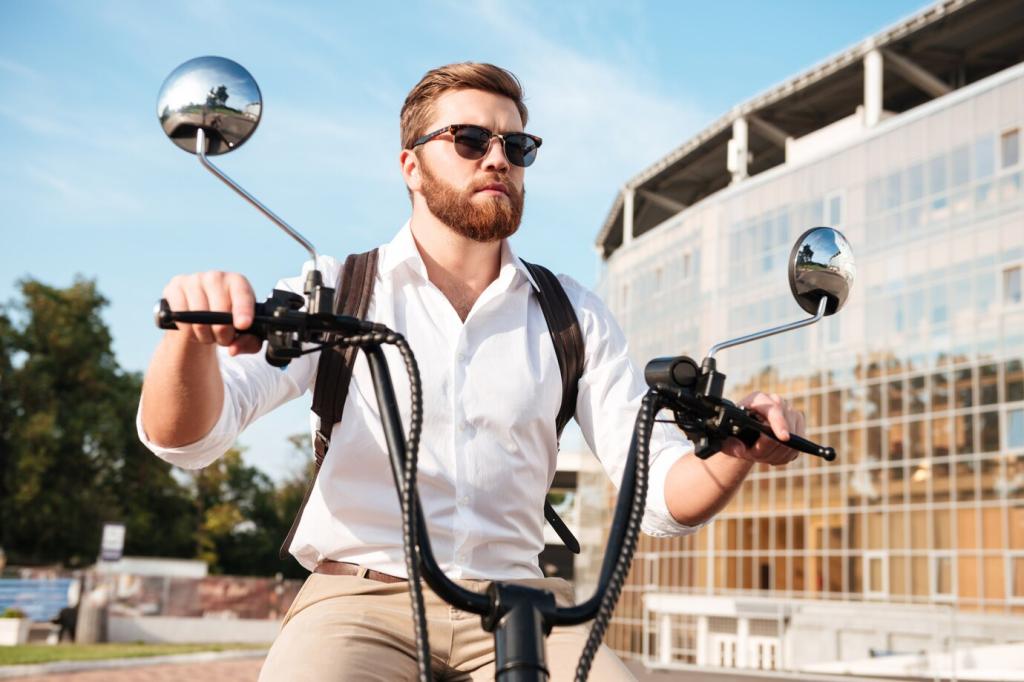Enforcement, Fines, and Local Variations
Officers often emphasize visibility, predictable lane position, and adherence to signals at night. If stopped, be courteous, show your lights, and acknowledge any confusion about local rules. Most interactions end with a reminder when you demonstrate good faith and a clear plan to fix minor compliance gaps.
Enforcement, Fines, and Local Variations
City websites and scooter apps frequently publish nighttime restrictions, including geofenced slow zones and curfews. Bookmark your city’s traffic code and search terms like ‘micro-mobility’ or ‘personal electric vehicle.’ Laws evolve rapidly, so revisit quarterly and share any updates with fellow riders in your area.

